MILW A Hiawatha
$10.00 $8.00
Categories: 2018, 4-4-2 Atlantic, Colorful, Deal of the Week, Fallen Flags, Milwaukee Road, Milwaukee Road, Passenger, Railroad, Streamlined, Wheel Arrangement
Trainz Steam Locomotives
$10.00 $8.00
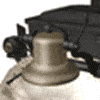
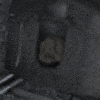
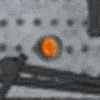
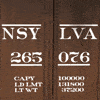
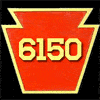
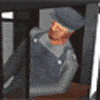
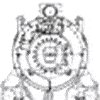
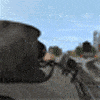
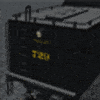
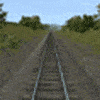
During the years of the Great Depression, very few railroads were spared devastating declines in stocks, as well as freight and passenger revenues. One way many railroads attempted to appeal to the public to maintain passenger ridership was to offer new sleek streamlined trains, which allowed for faster travel as lower operating costs. The Milwaukee Road was no exception. A fierce competition ensued between the CB&Q, the C&NW and the MILW to offer the fastest service between Chicago, IL and Minneapolis/St. Paul. MN. The CB&Q experimented with a diesel powered streamlined consist called “The Zephyr”, the C&NW recommissioned a number of 4-6-2 pacifics and existing passenger cars and created “The 400″ named for it’s 400 minute service, and finally, the MILW ordered (4) brand new 4-4-2 Atlantics from ALCO, and had their own shops produce (2) sets of (6) matching cars. The result was the most powerful 4-4-2 Atlantic ever produced (highest HP), and a fleet of passenger cars weighing 35% less than the conventional heavyweight equipement of the time. The locomotive had enormous 84” drivers, smaller cylinders, and an odd arrangement of the running gear stemming from the lead driver rather than second driver, which dramatically cut down piston speeds and was less taxing on the running gear overall. The new 1935 timetable called for 422 miles in 7 hours, with an average speed of 60mph, which included 11 stops along the route. Consists began in 1935 with a Tip Top Tap buffet lounge, (3) coaches, a parlor, and a beaver tail parlor observation car. By the end of the first year, another coach needed to be added to accommodate the growing popularity of the train. By 1937, the train had grown to 9 cars in length, and still need to grow. At this point, the MILW acquired modernized 4-6-4 F7 Hudsons, which resulted in the 4-4-2s being reassigned to other Hiawatha trains. Designed as oils burner, with a Leslie A-125 airhorn, the A Class was considered the first steam locomotive designed to cruise at 100mph on a daily basis, and that they did for 16 years until diesels took over in 1951.
Sadly, none of the (4) A Class locomotives built in 1935 and 1936 were saved from the scrapper’s torch.
MILW A Hiawatha set includes: Engine, (2) Tenders, Cafe, Coach, (2) Parlors and (2) Beaver Tail Cars
All presented content from this website is property of K&L Trainz. No distribution or hosting of content is permitted of any payware assets purchased from K&L Trainz. Modifications are permitted for personal use only!
All sales are final! K&L Trainz is not responsible for any misappropriated funds. No refunds will be issued for any product purchased once a download is initiated.